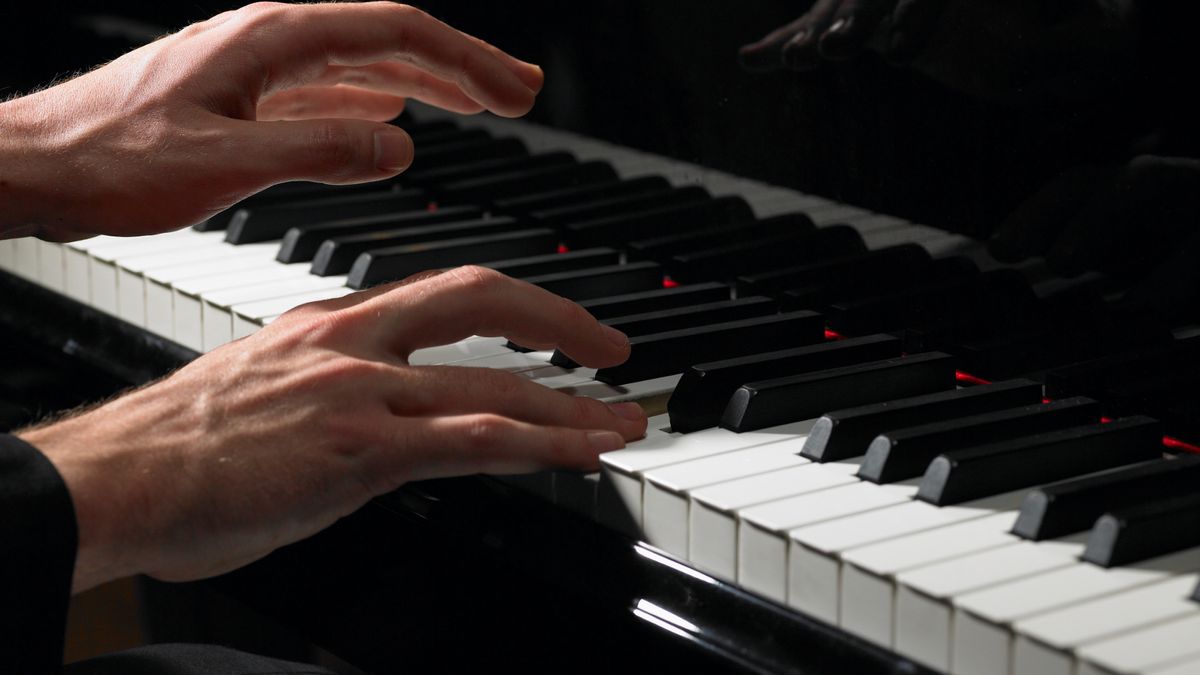“These chords are used on everything from The Beatles to Billie Eilish”: How to learn triad theory
The triad is one of the cornerstones of music theory, and vital for creating harmony. Let's examine the three points of the chord…

If viewed within the bewildering context of the history of western music, the triad is one of the absolute bedrocks of all the harmony that we hear, and despite its roots back to classical music, it's a mainstay for all forms of commercial music.
As the name suggests, a triad is a chord which is made up of three notes. Knowing which three notes to employ is not a rocket science, but it does require a very small degree of musical knowledge, coupled with exceptionally simple numeracy.
We have to revisit our basic musical scale, and for the moment we'll stick with C major.

If you look at a music or piano keyboard, start by locating the note C. As we already know (if you have read our article on scales) C major uses all of the white notes that we see on our keyboard.
We can extract the notes that we require to create our triad based on C major, beginning with the note which we call the 'root'. This is the first note of our scale, the note C.
The next note that we need to add is described as the 3rd of our chord or triad. It's exceptionally simple to locate this, as we just count up three notes, ensuring that we count the root note as the first note. If you have done your maths correctly, you should hit the note E, which in triad circles can also be described as the mediant.
The final note that we need for our triad is described as the 5th or dominant. Once again, count up five notes from our root, and you should hit the note G.
If we piece all of that together, our triad of C major consists of the notes C, E and G.
Get the MusicRadar Newsletter
Want all the hottest music and gear news, reviews, deals, features and more, direct to your inbox? Sign up here.
Major to minor
Each of the notes in the triad are important in their own way, however the 3rd of the chord is incredibly influential, as it dictates whether your triad is either major or minor in tonality.
As you may know, major chords sound bright and happy, where as minor chords sound more melancholic or sad.
Locate the 3rd of our C major triad (which should be the note E) and drop it by one semitone, to an Eb. Your chord should immediately sound different and no longer the happier sound that it once was.
If you are a fan of science fiction, you may also notice that if you switch from a major to a minor chord in quick succession, it sounds very reminiscent of the theme from 2001: A Space Odyssey, an original orchestral work by Richard Strauss. Imagine that theme without that chordal shift. This is triad theory in action.
Other triads and harmony
Of course, not all triads have to be chords of C major or minor. You can use the process, of selecting the 1st (root), 3rd, and 5th degree of either a major or minor scale, to construct any triad, in any key.
Relating this process back to your chosen scale, will always make the process easier, until it becomes second nature.
Triads are also exceptionally useful for forming a basic harmonic structure, if sketching out a song or composition.
You will notice that if you move the shape of the triad up and down your musical keyboard, you will find other nice sounding chords/triads, which remain associated with your home key of C major.

Try moving your triad up the scale as a block chord, just using the white notes of C major. Be sure to maintain the full triad shape. You’ll hear the associated chords of F major, G major and A minor.
These three chords, alongside the original root position C major triad, form the construct for more songs in pop history than any other!
These chords are used on everything from The Beatles to Billie Eilish, and every genre of music that adopts any form of basic harmony.
Read the previous instalments in our ongoing theory series below
- The pillars of music theory made simple
- How to become a master of melodies
- A quick guide to reading music
- How to understand rhythm when reading music
- Understanding scale theory
Roland Schmidt is a professional programmer, sound designer and producer, who has worked in collaboration with a number of successful production teams over the last 25 years. He can also be found delivering regular and key-note lectures on the use of hardware/software synthesisers and production, at various higher educational institutions throughout the UK

“I don't know how to do this. You would think I do, but it's not one of these things you ever know how to do”: Why Paul McCartney’s intuition-led attitude to songwriting is worth taking onboard

“The album was played in LaGuardia Airport for a brief period, but travellers said it ‘induced unease’ and sounded like funeral music”: A music professor breaks down Brian Eno's Ambient 1: Music For Airports
Most Popular





